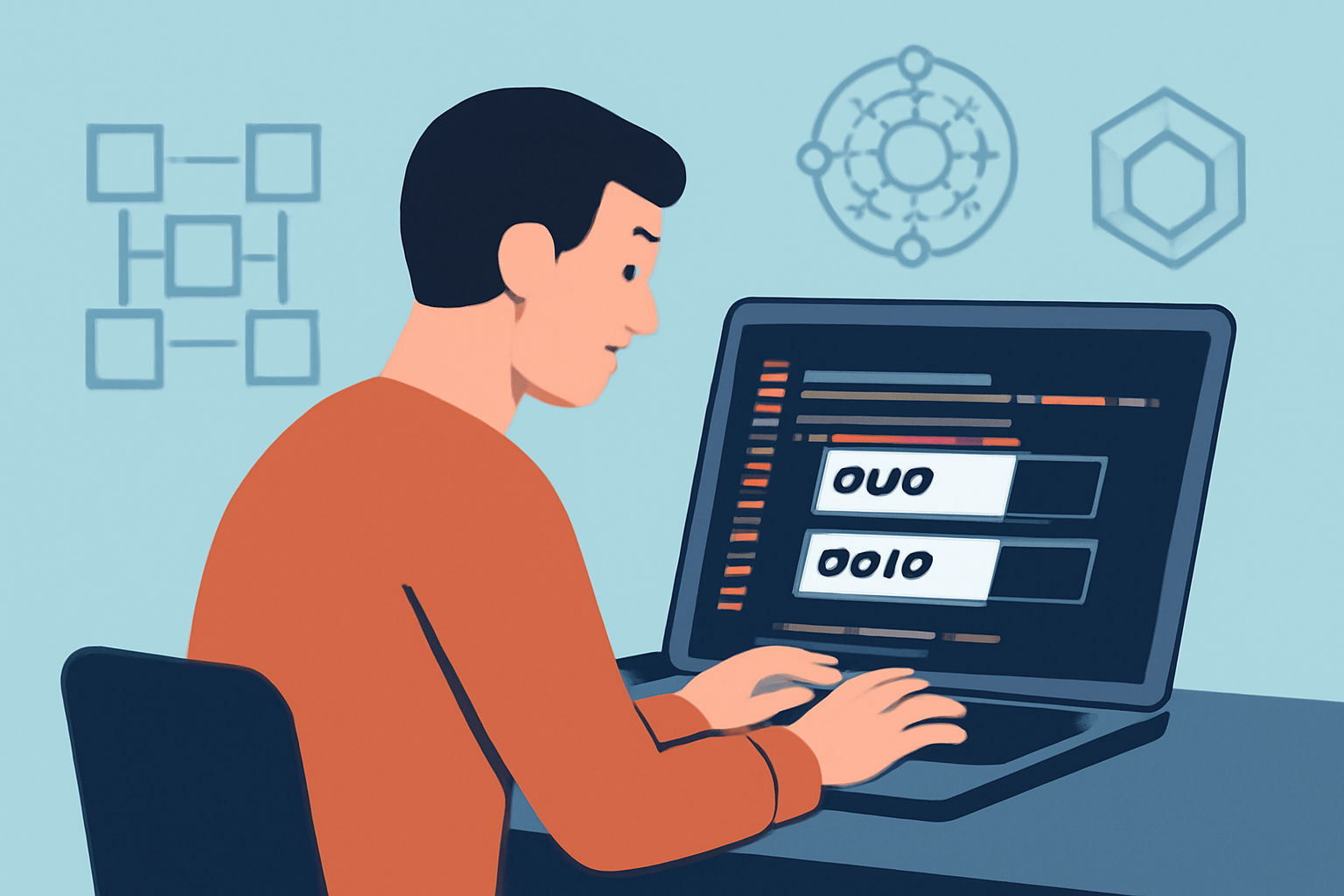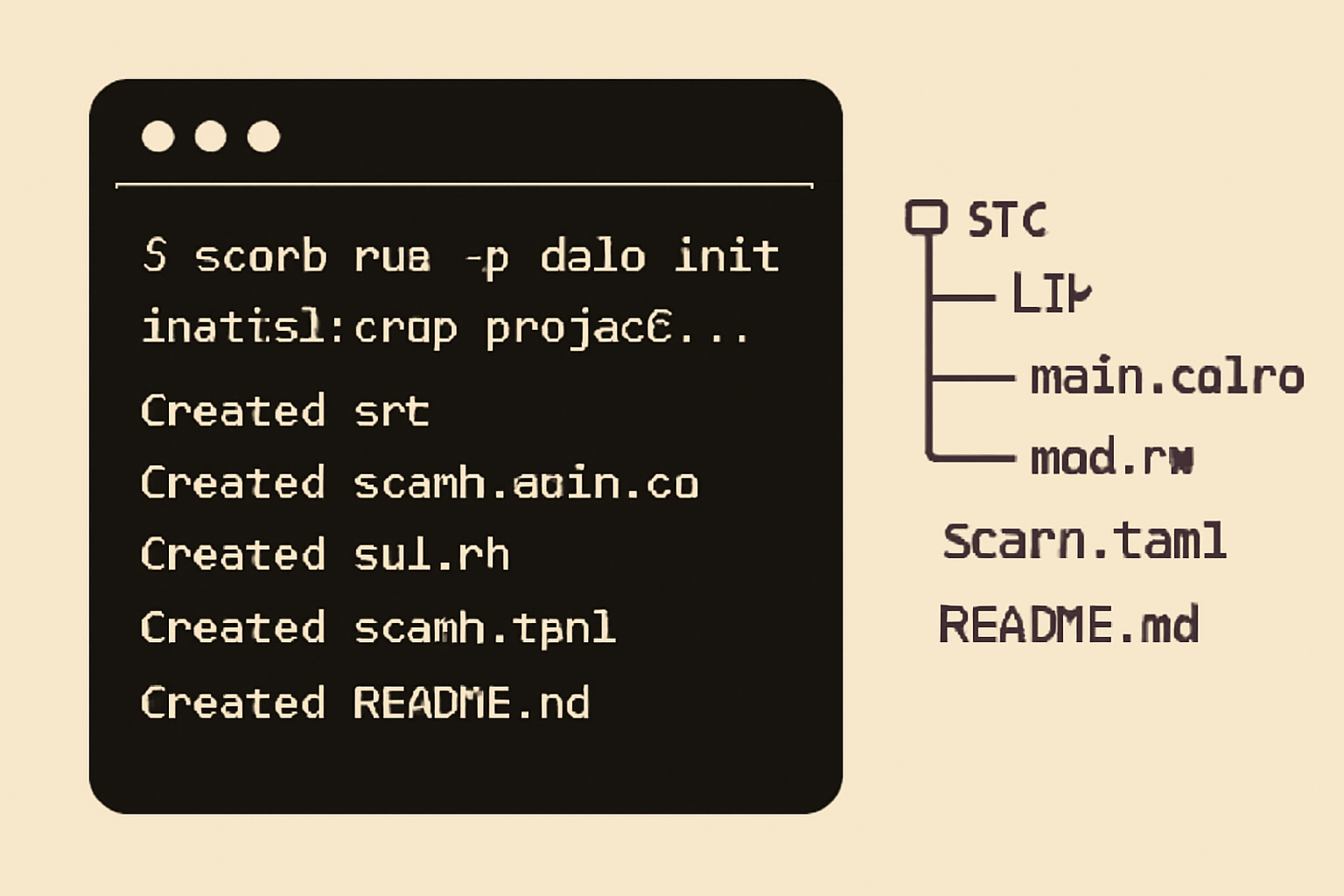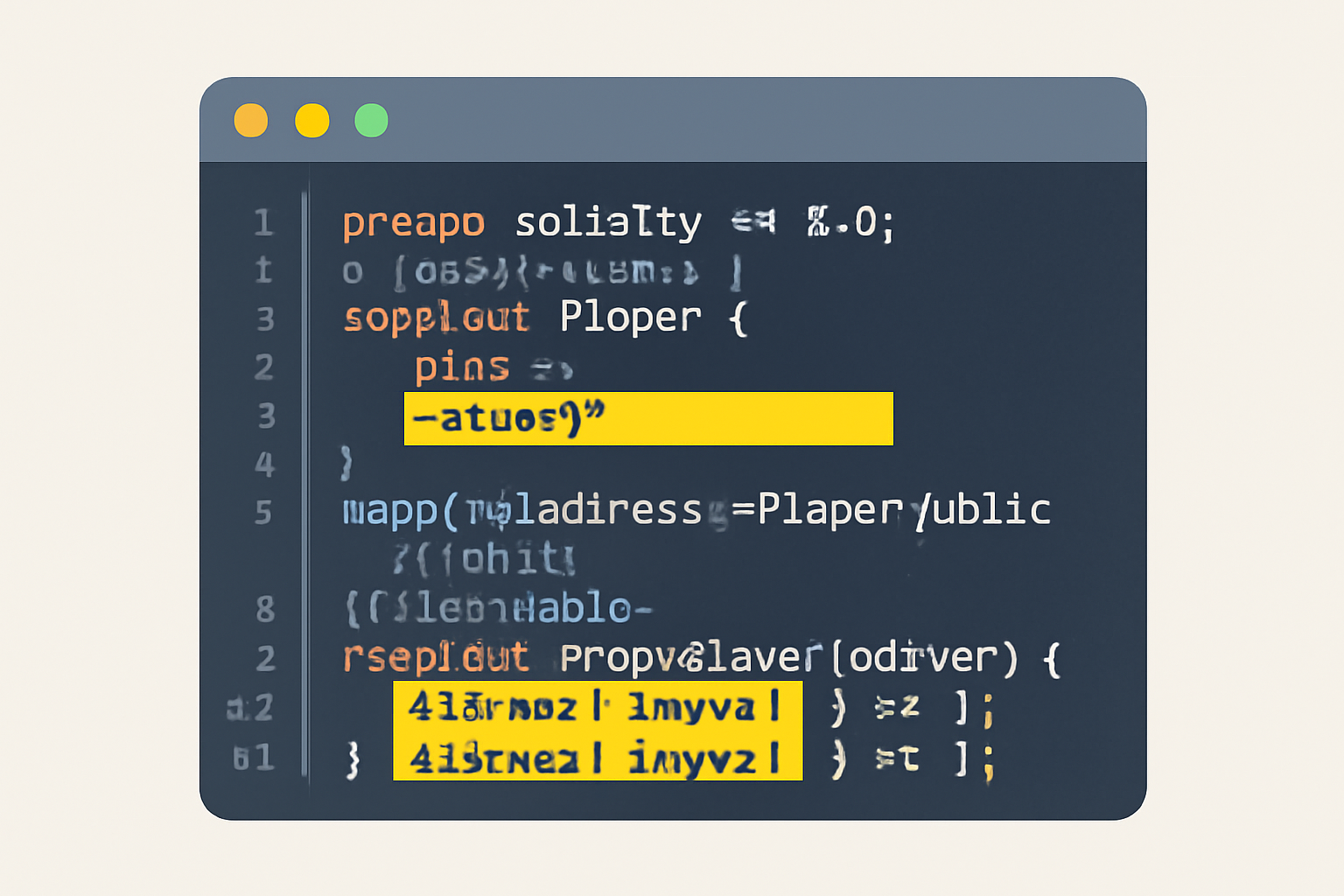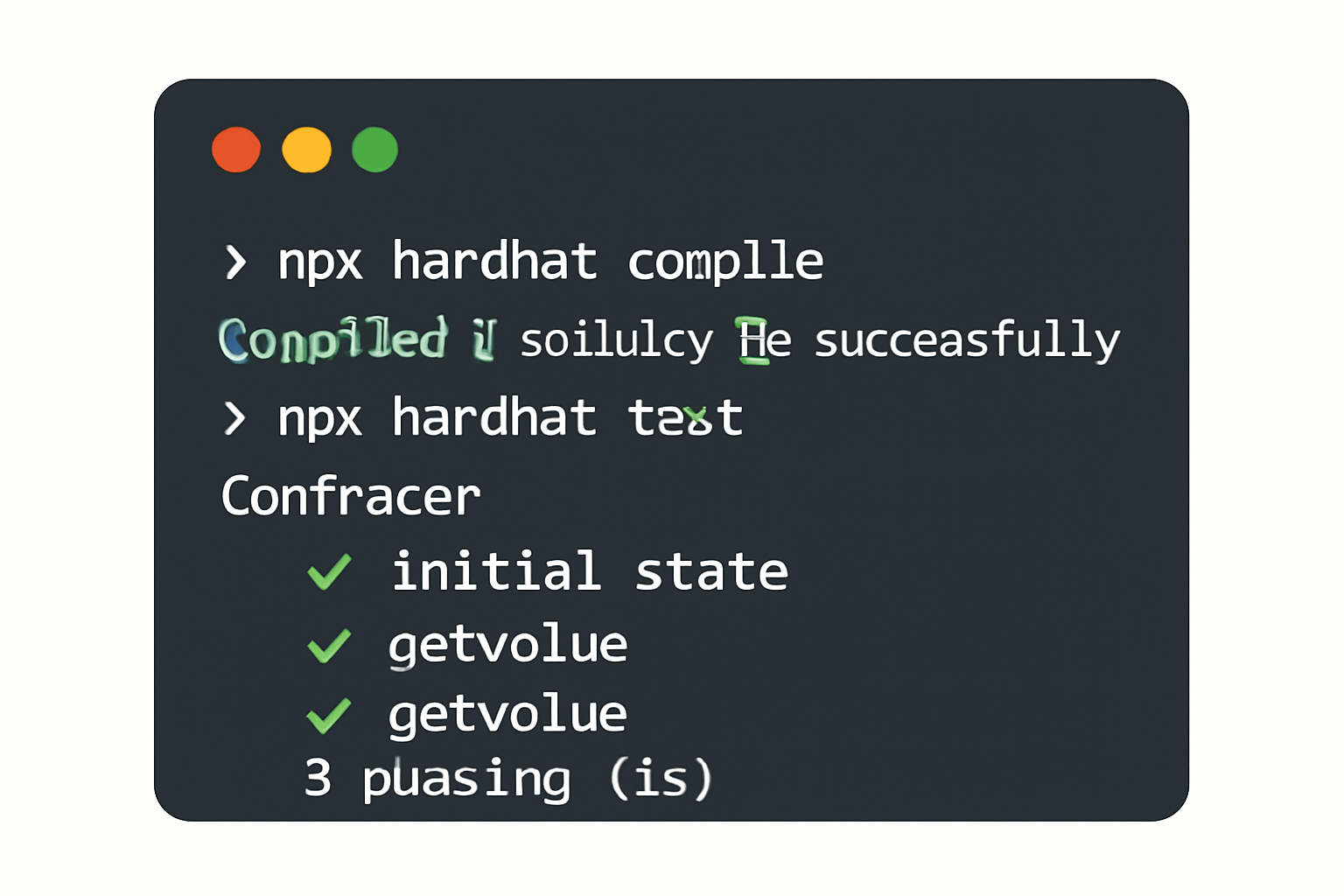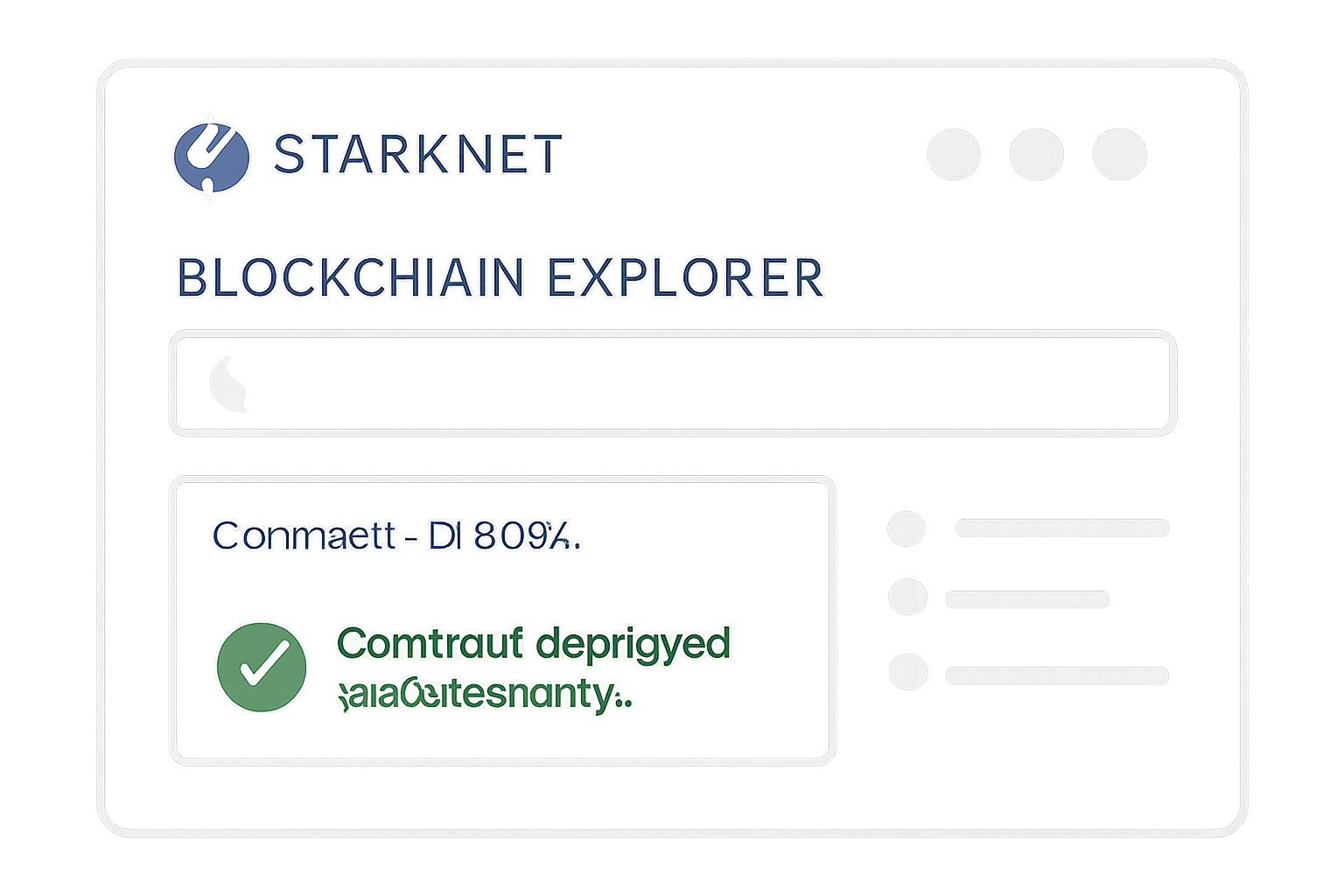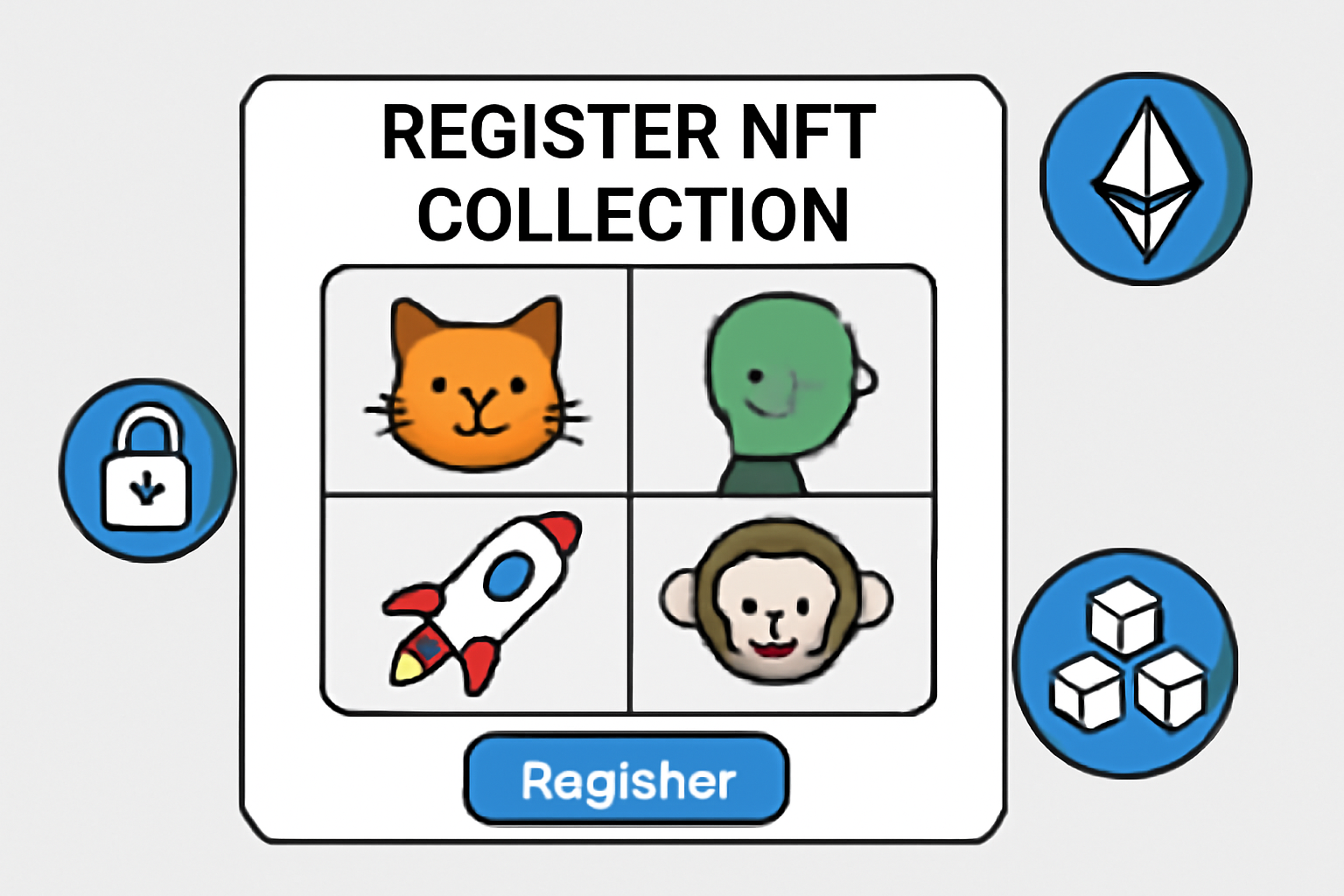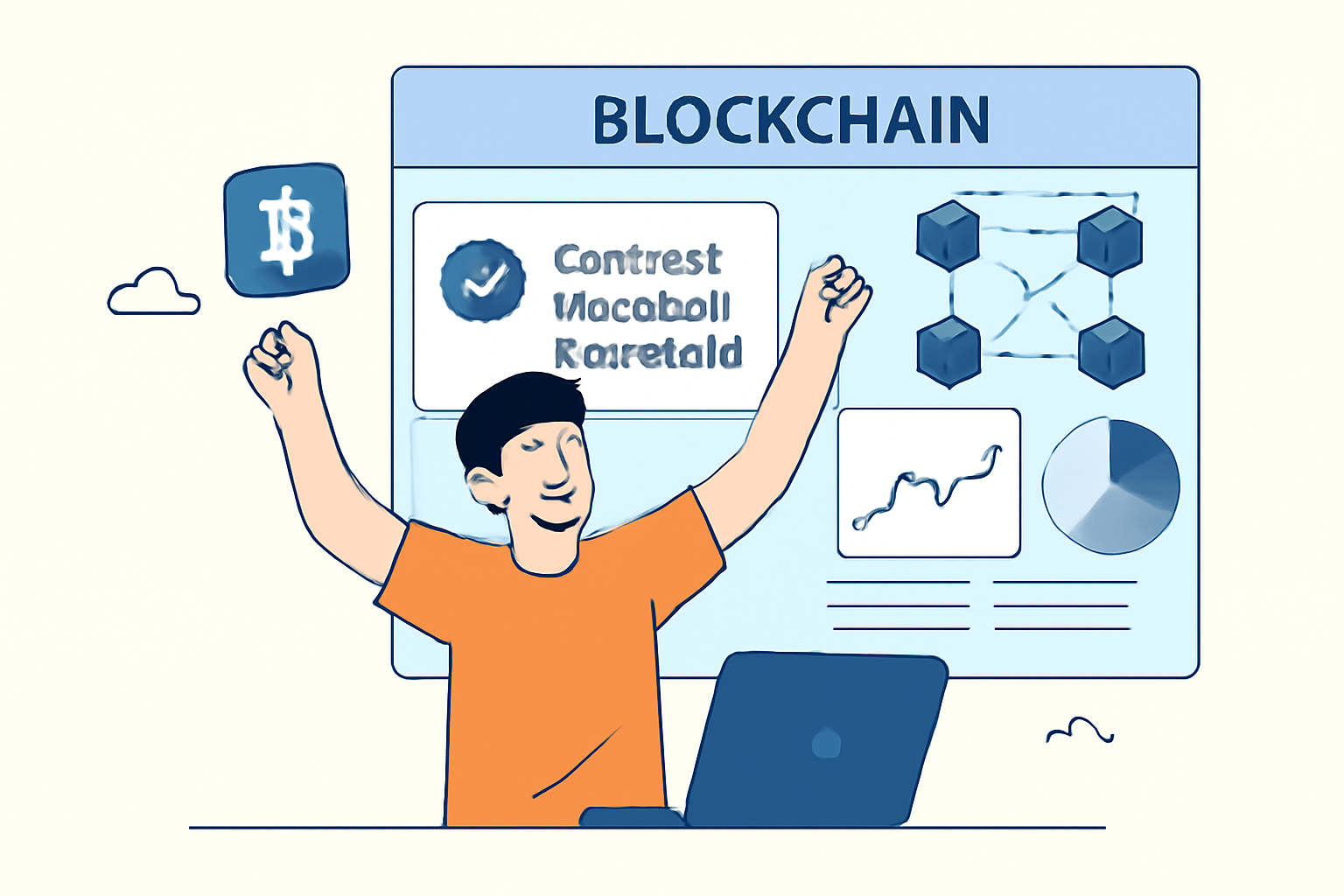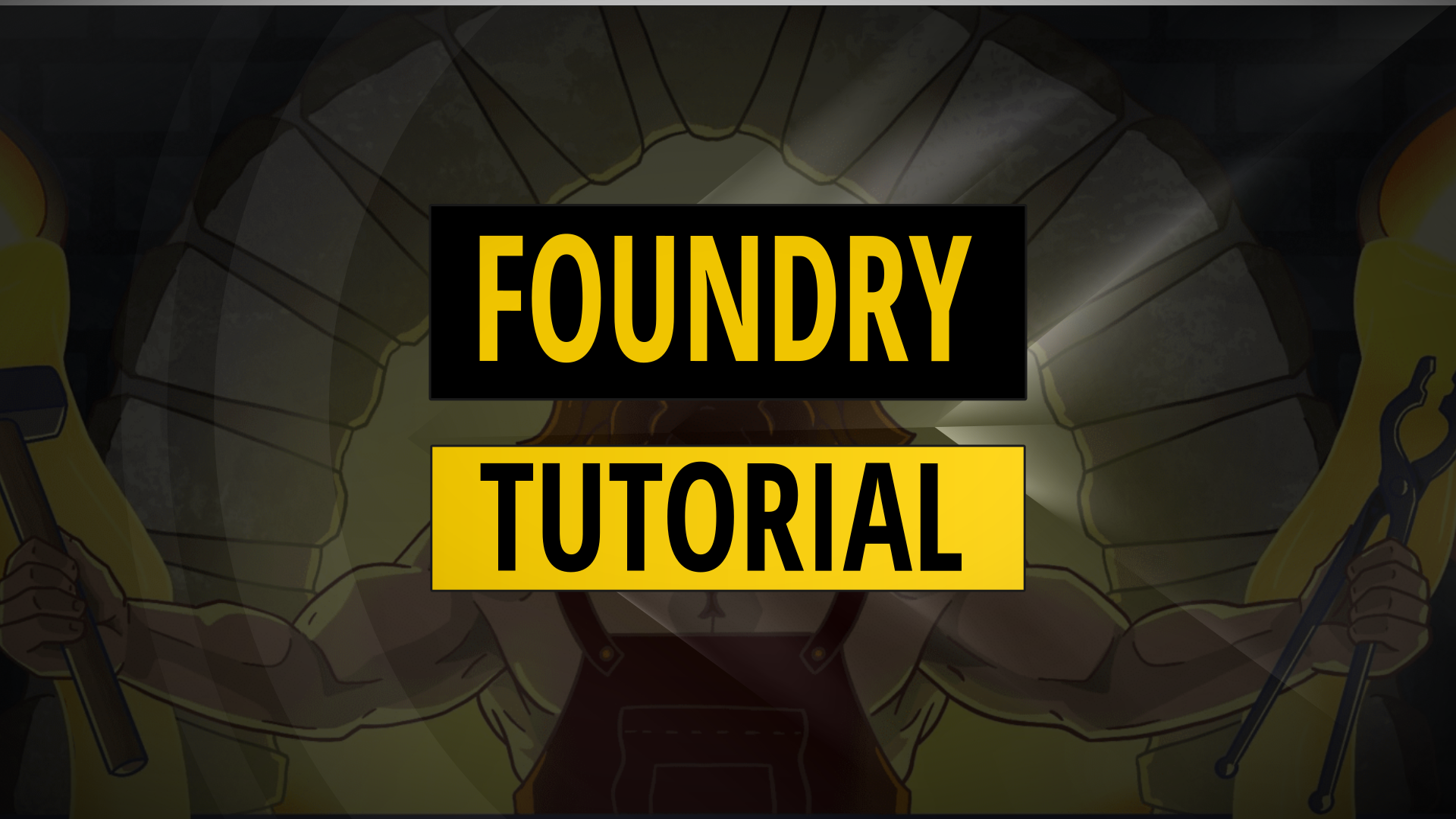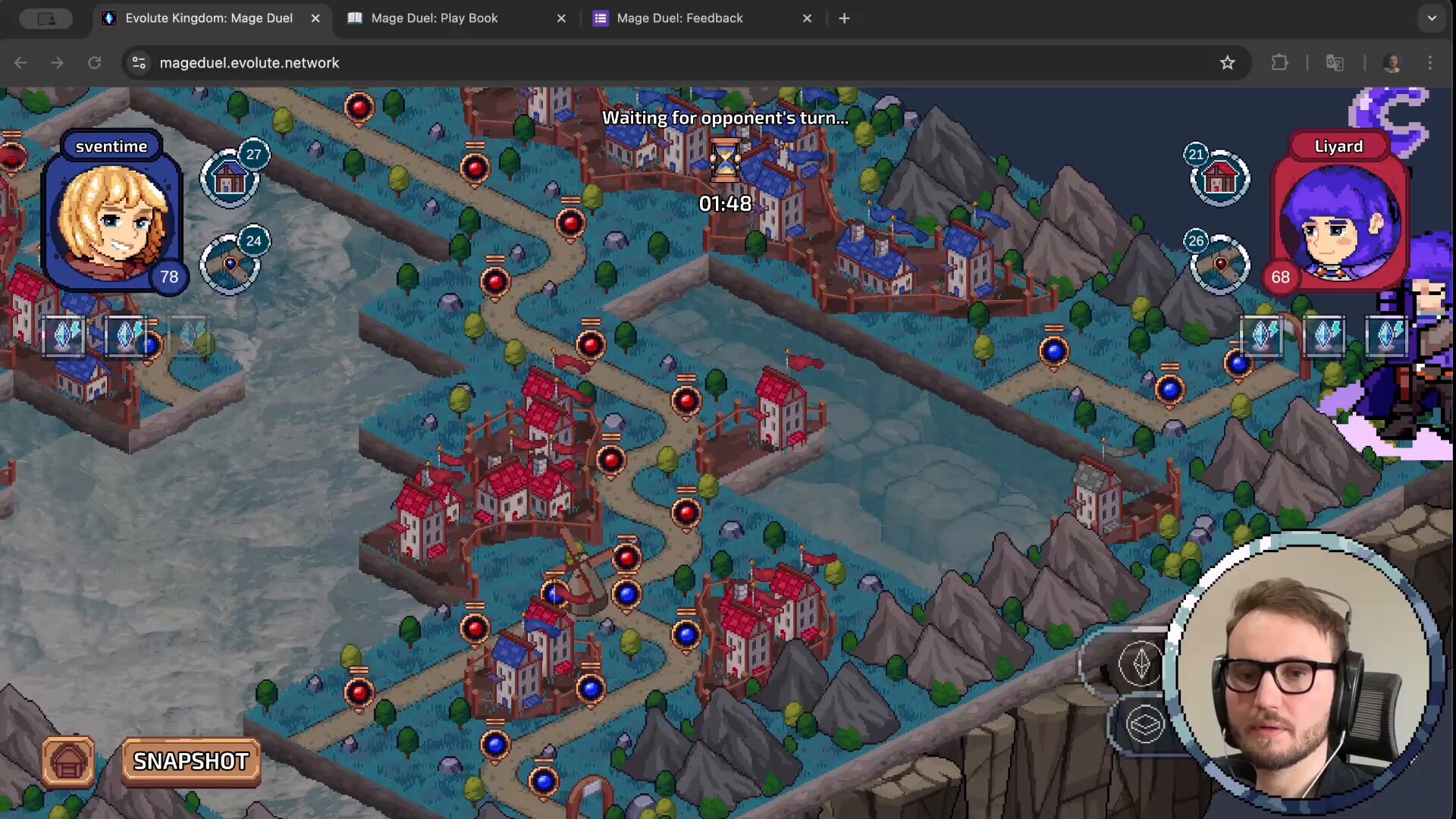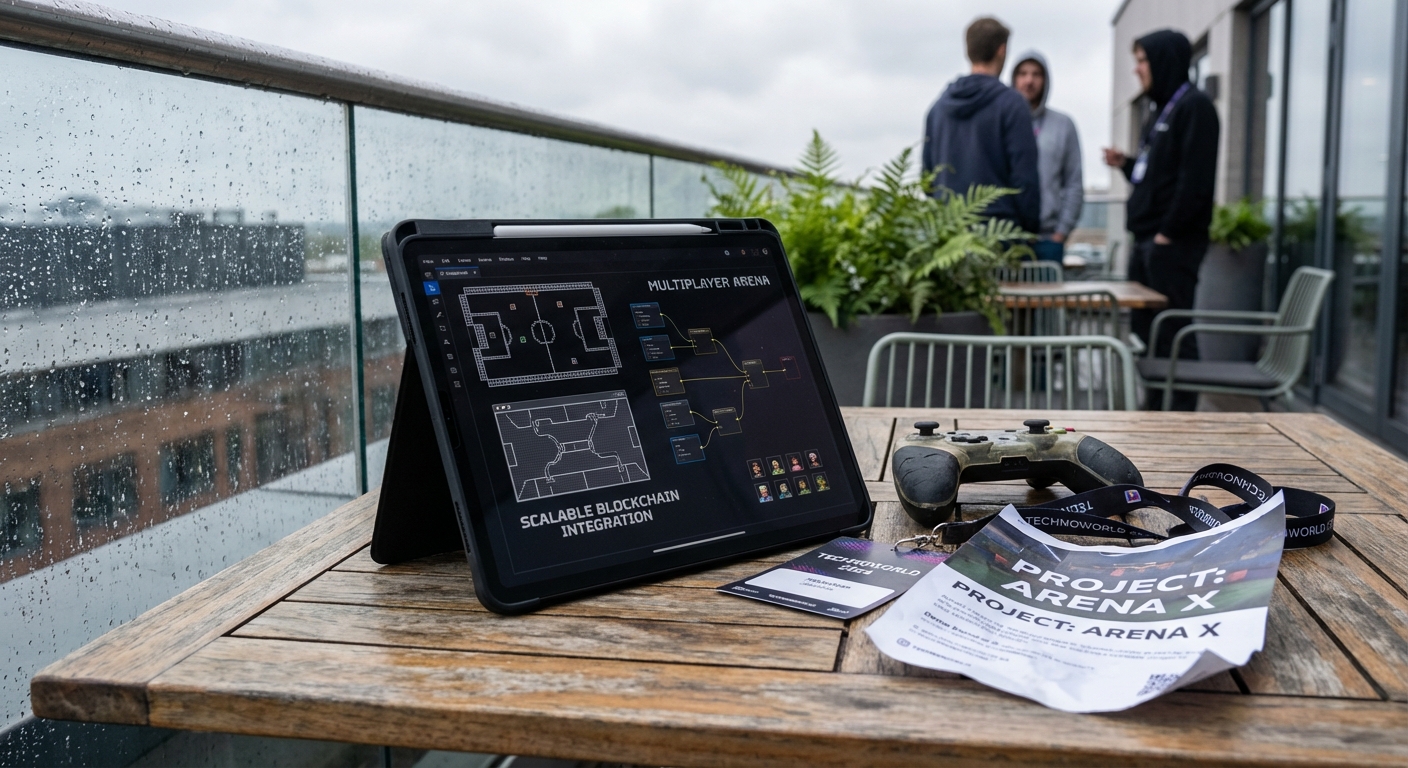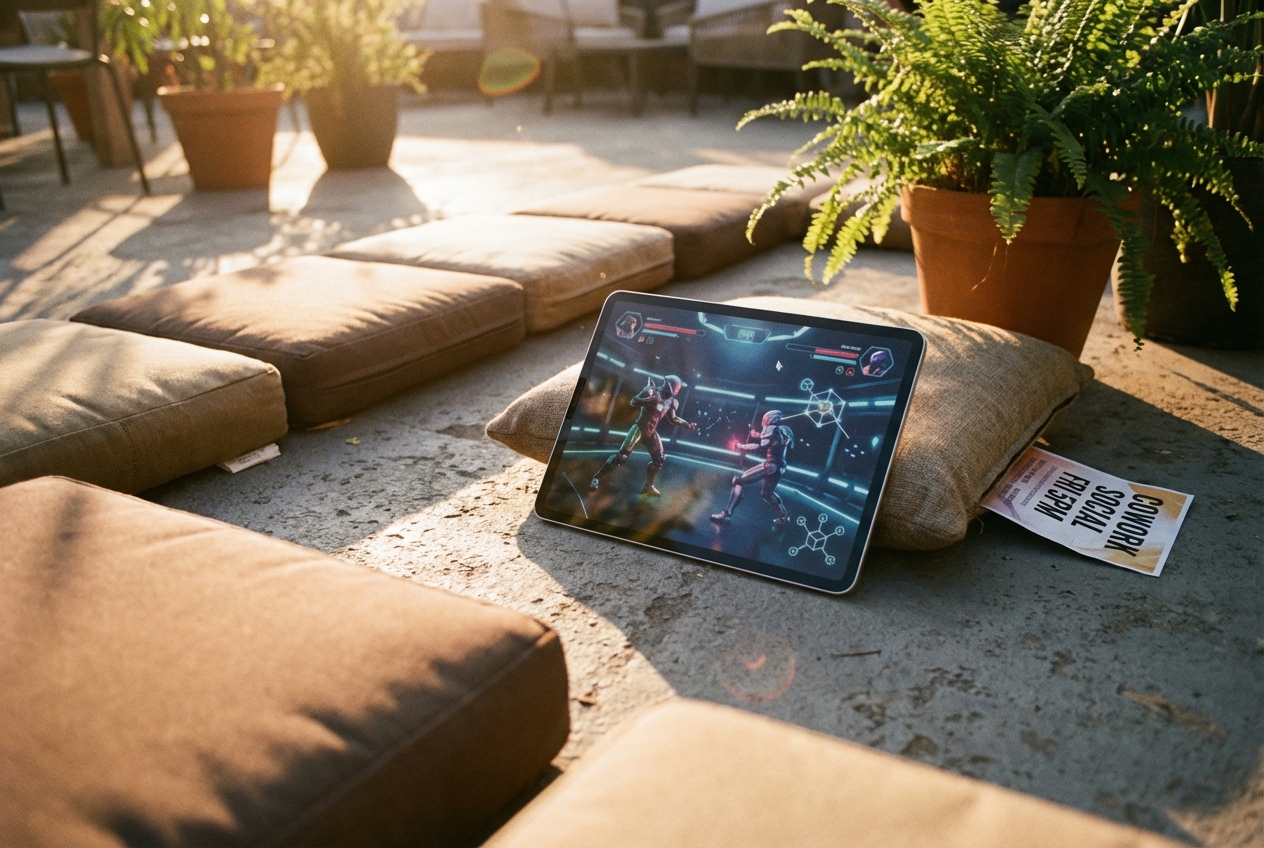Step-by-Step Guide: Launching Your First MUD/Dojo On-Chain Game
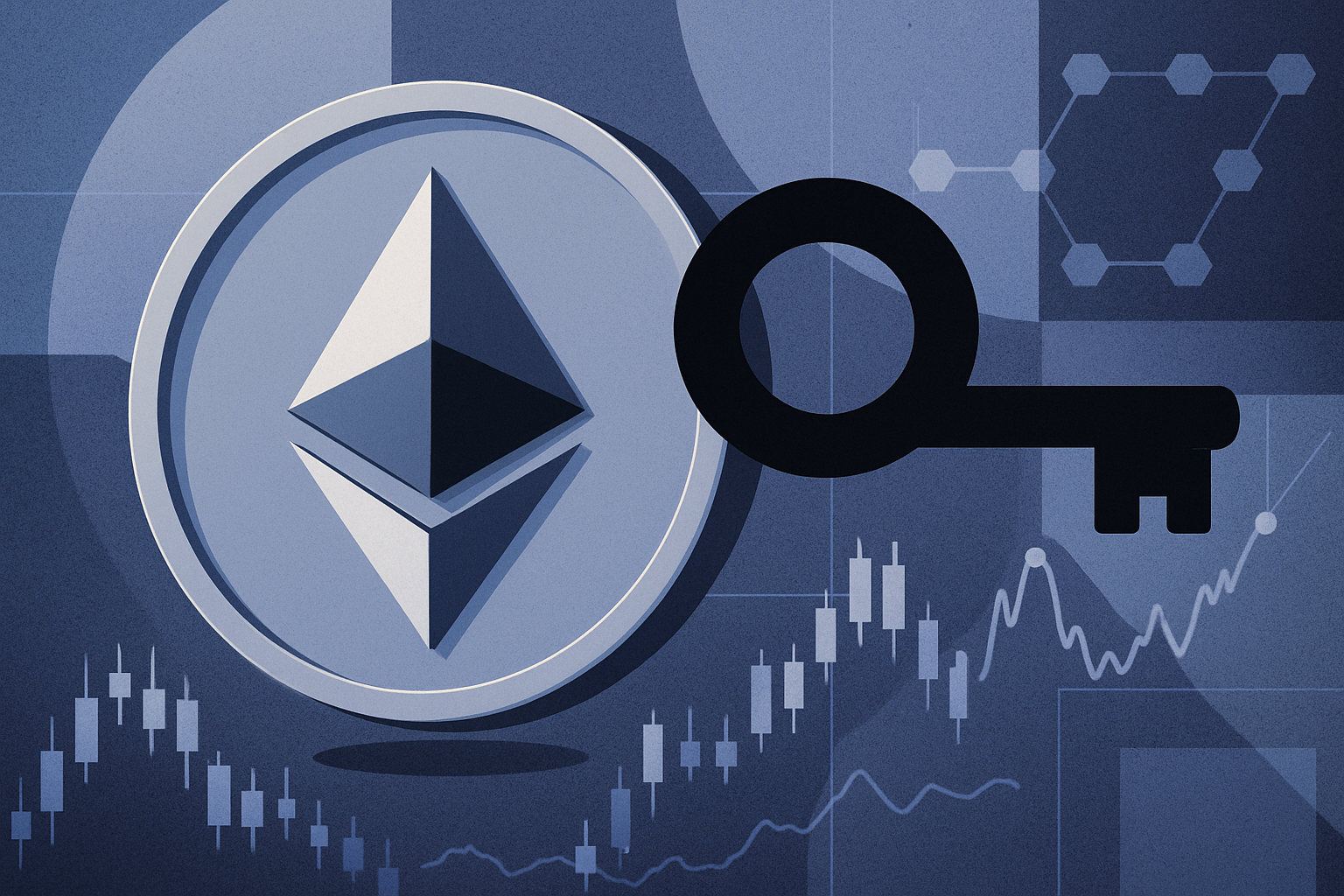
Launching a fully on-chain game today is more accessible and exciting than ever, thanks to the rapid evolution of frameworks like MUD and Dojo. These toolkits have matured considerably as of October 2025, offering not just code libraries but full-stack environments, robust documentation, and thriving communities. Whether you’re an indie developer or a blockchain gaming studio, building your first decentralized game on Ethereum or StarkNet can now be done in hours rather than months. This guide will walk you through the essential steps to launch your first MUD/Dojo on-chain game with a focus on best practices, technical setup, and real-world context.
Why Build Fully On-Chain Games with MUD and Dojo?
Traditional Web2 games rely heavily on centralized servers for game logic and state management. In contrast, fully on-chain games write every rule, asset, and player action into smart contracts, making gameplay transparent, provable, and persistent across time. This approach underpins the concept of Autonomous Worlds, where game universes exist independently of any single operator.
MUD provides a composable stack for deploying games where every move is an on-chain transaction. Dojo, deeply integrated with the StarkNet ecosystem as of late 2025, brings ZK-compatibility for scalable gaming logic while preserving decentralization. These frameworks empower developers to build provable games that can’t be rug-pulled or shut down by a single party, a compelling value proposition for both players and creators.
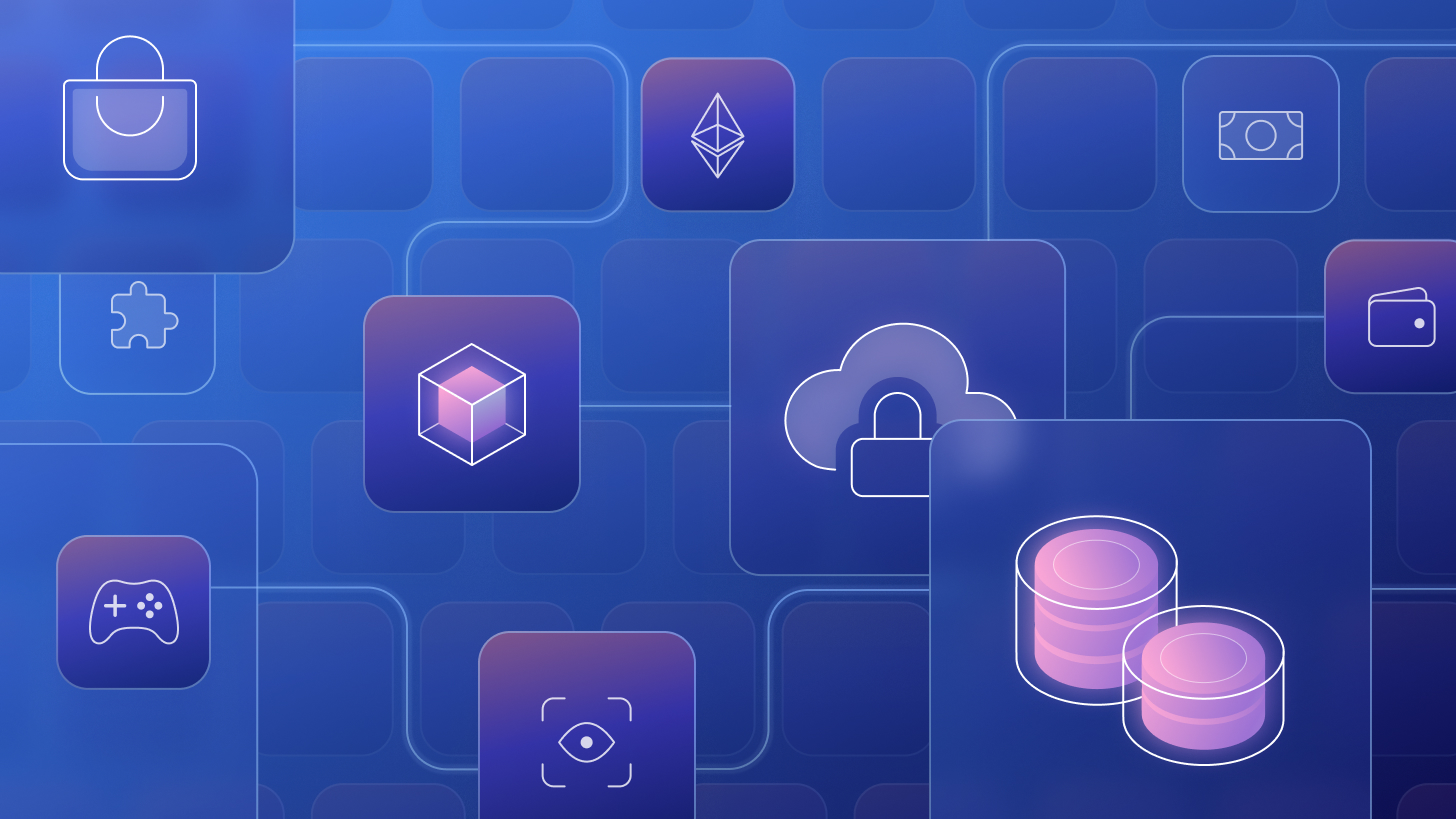
Some notable projects have already leveraged these frameworks: from casual clickers like PopCraft to ambitious turn-based RPGs being discussed in developer circles. The result is a new wave of games where digital ownership is real and community governance is possible.
The Prerequisites: Setting Up for Success
Before you dive into code or deploy your first contract, make sure you’re equipped with the right tools and mindset:
Essential Tools for Building MUD/Dojo On-Chain Games
-
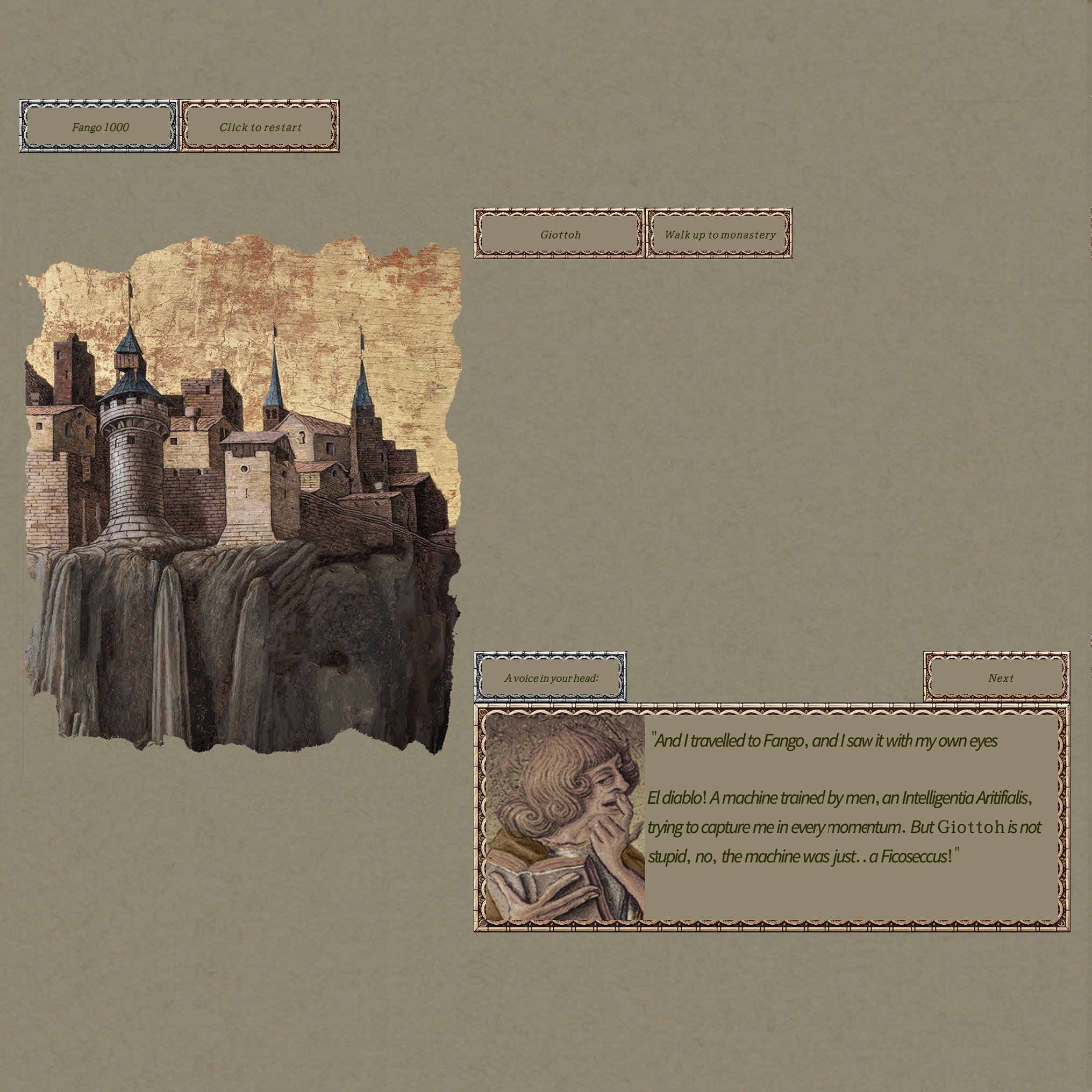
MUD Framework: A full-stack, open-source framework for building fully on-chain games and apps on Ethereum. MUD provides core libraries, a modular architecture, and developer tools for efficient smart contract development.
-
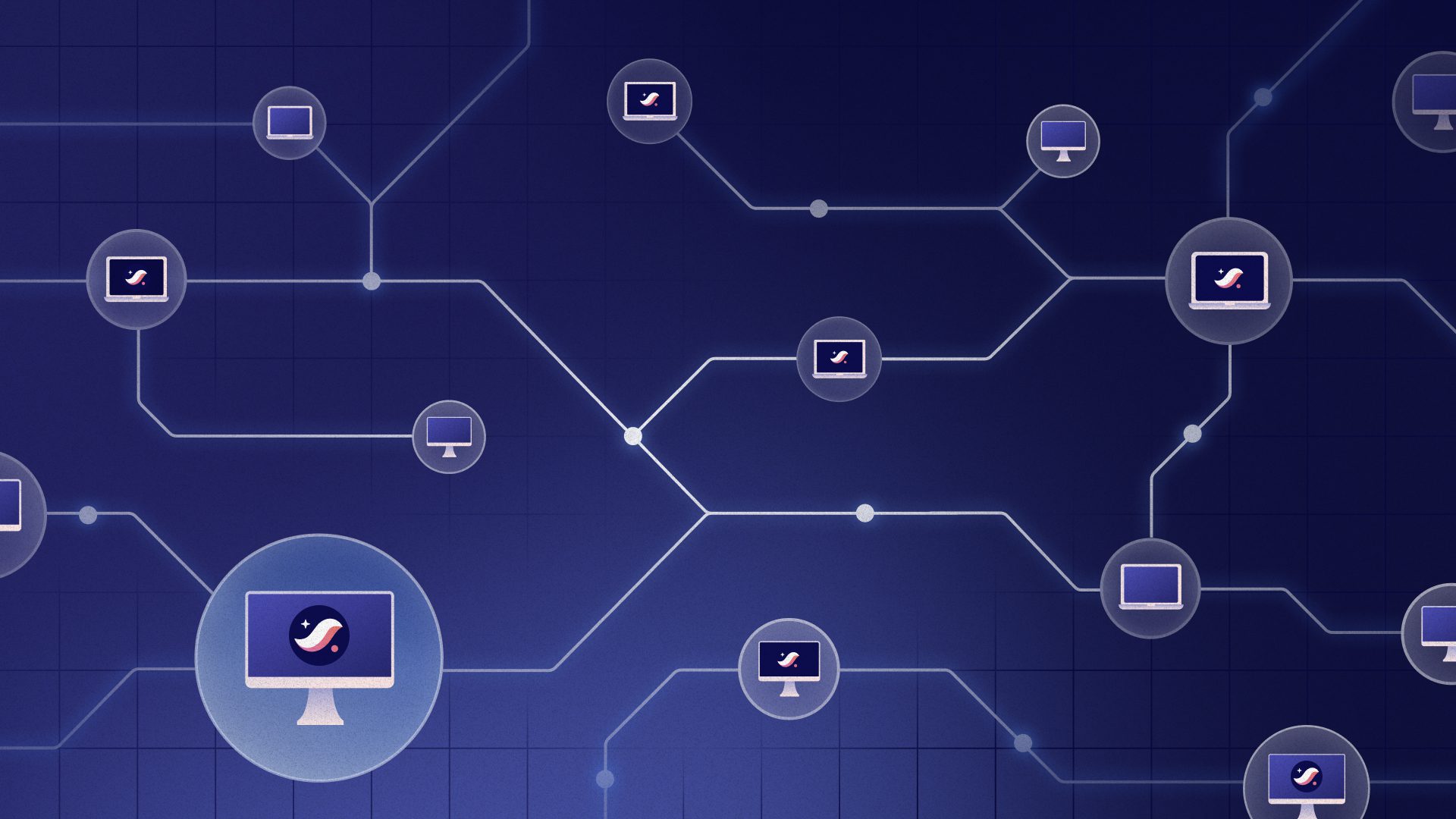
Dojo Engine: A powerful game engine and toolkit built for the StarkNet ecosystem, enabling the creation of ZK-compatible, fully on-chain games with integrated world contract management and asset registration.
-
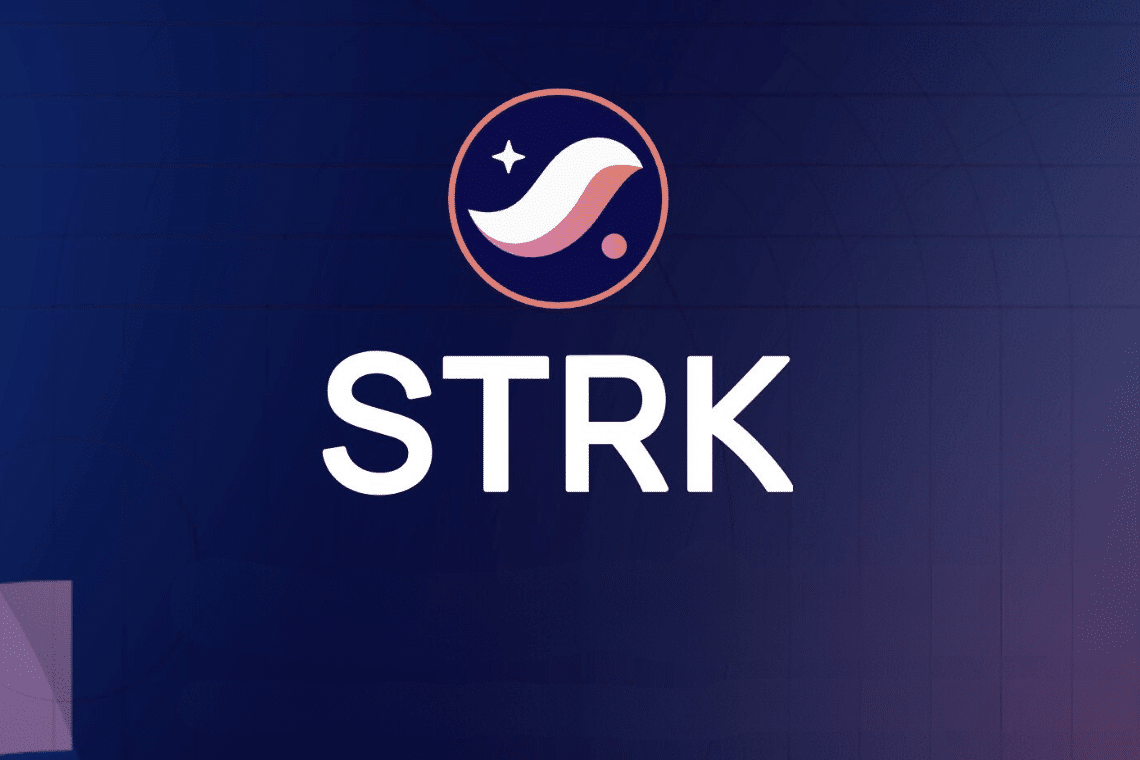
StarkNet: A leading Layer 2 scaling solution for Ethereum that supports ZK-rollups, offering high throughput and low fees—ideal for deploying Dojo-based on-chain games.
-
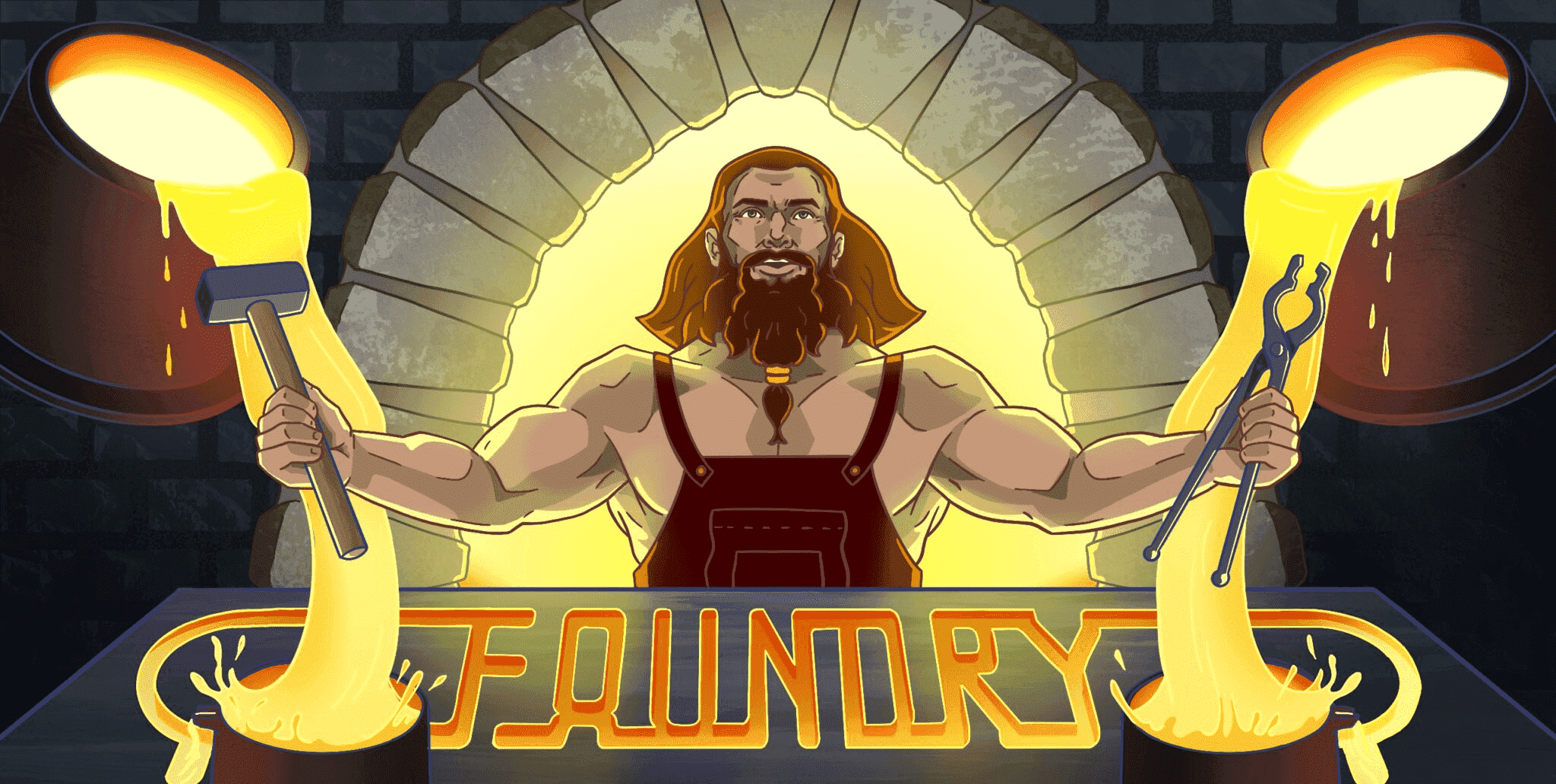
Foundry: A fast, modular Ethereum development toolkit that simplifies smart contract testing, deployment, and debugging, widely used in the MUD/Dojo developer community.
-
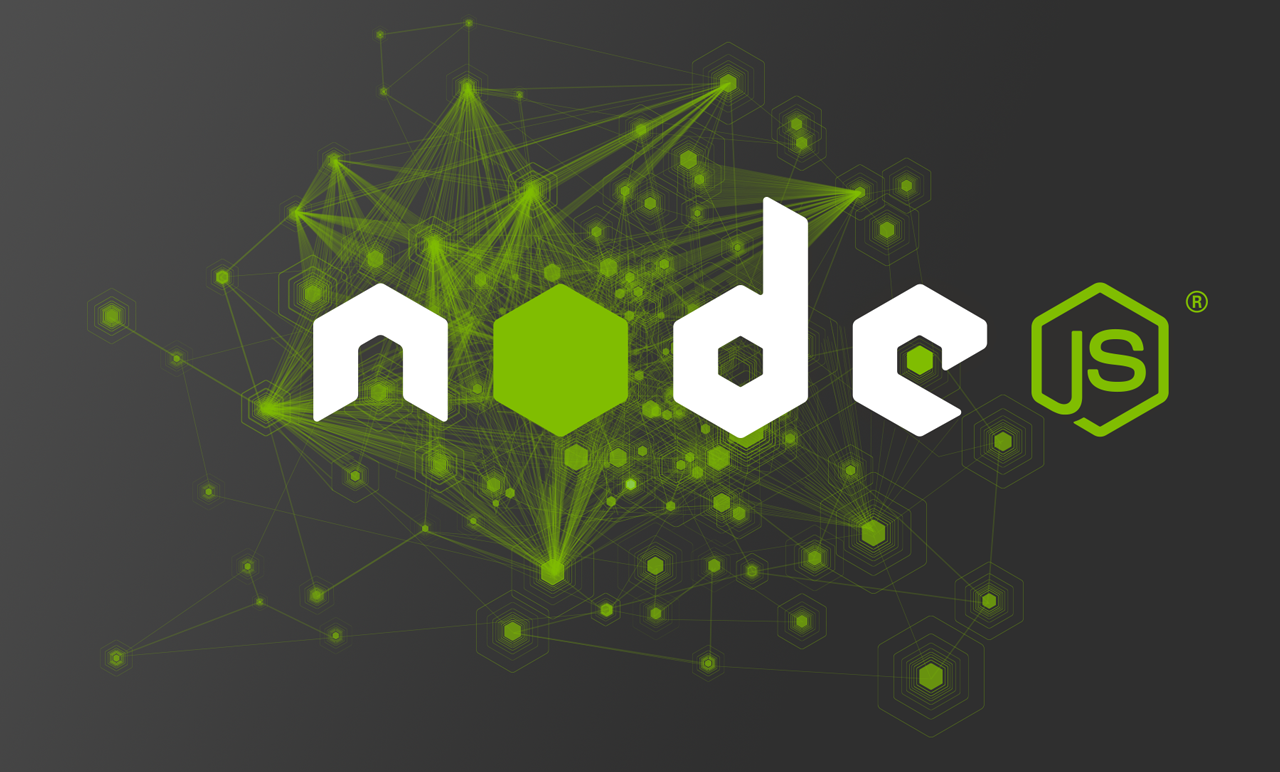
Node.js: A popular JavaScript runtime required for running many blockchain development tools, including MUD’s CLI and related utilities.
-
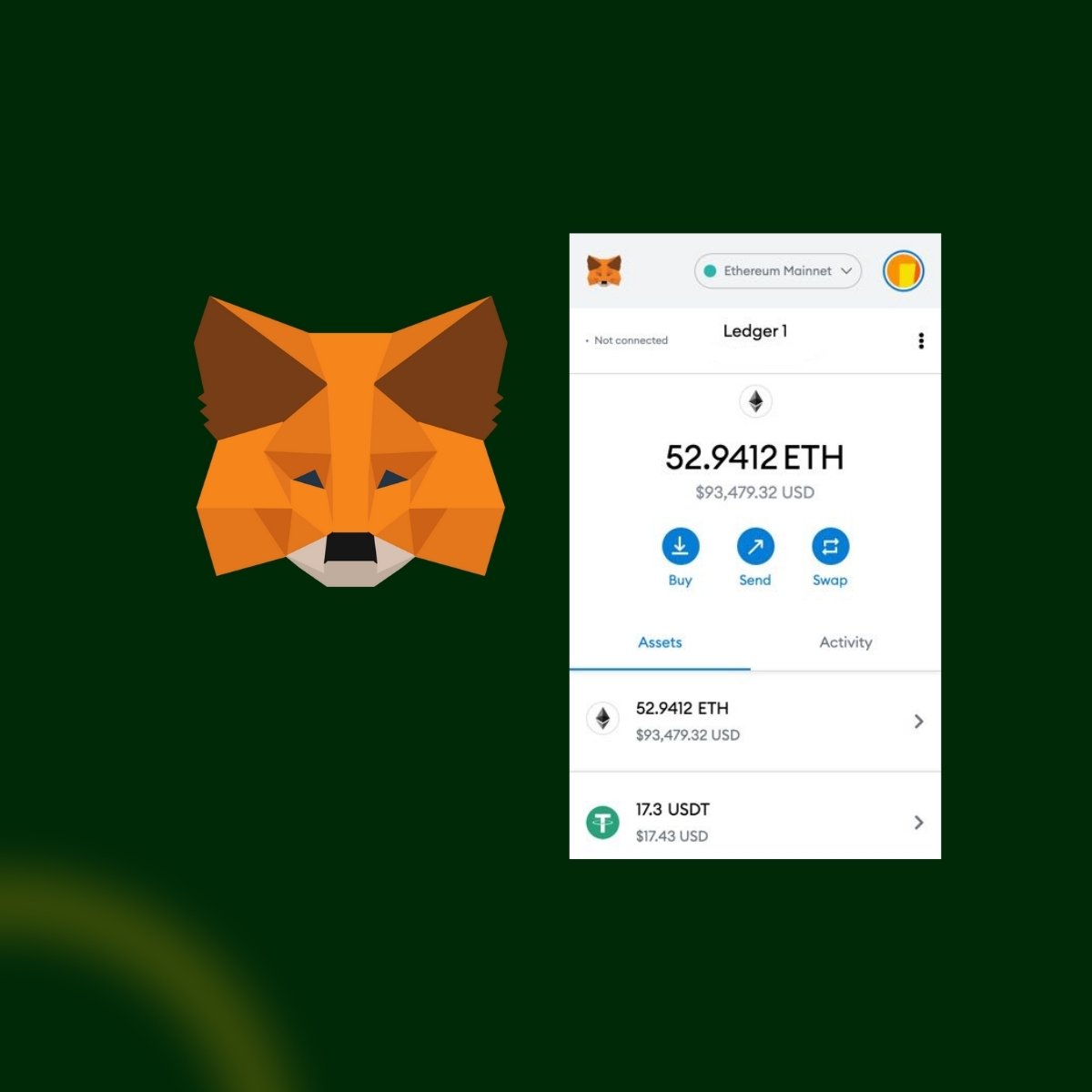
MetaMask: A widely-used crypto wallet browser extension for interacting with Ethereum and StarkNet testnets, essential for deploying and testing on-chain games.
-
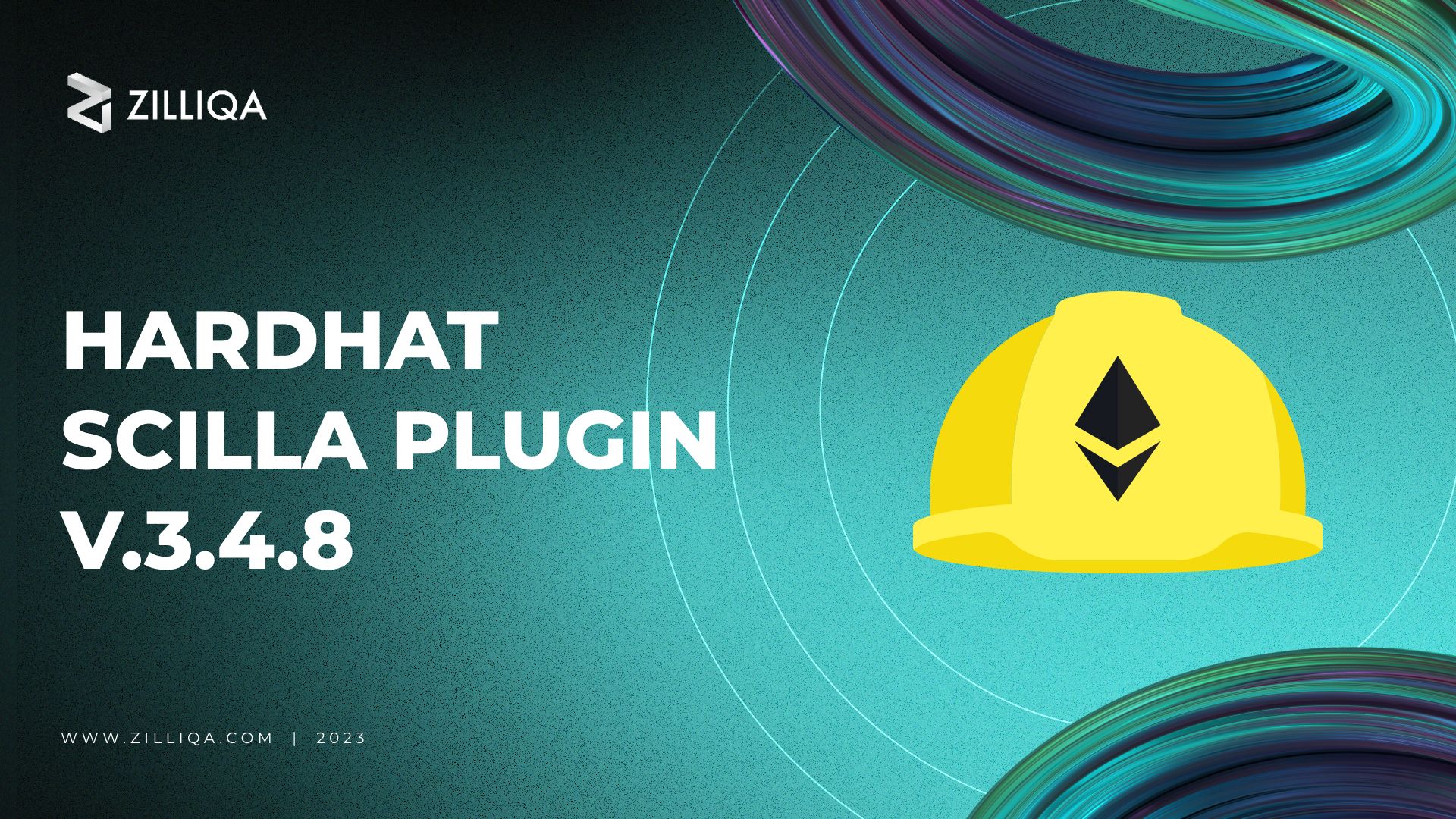
Hardhat: An Ethereum development environment and task runner that provides advanced testing, deployment, and debugging features for smart contracts, compatible with MUD and Dojo projects.
-
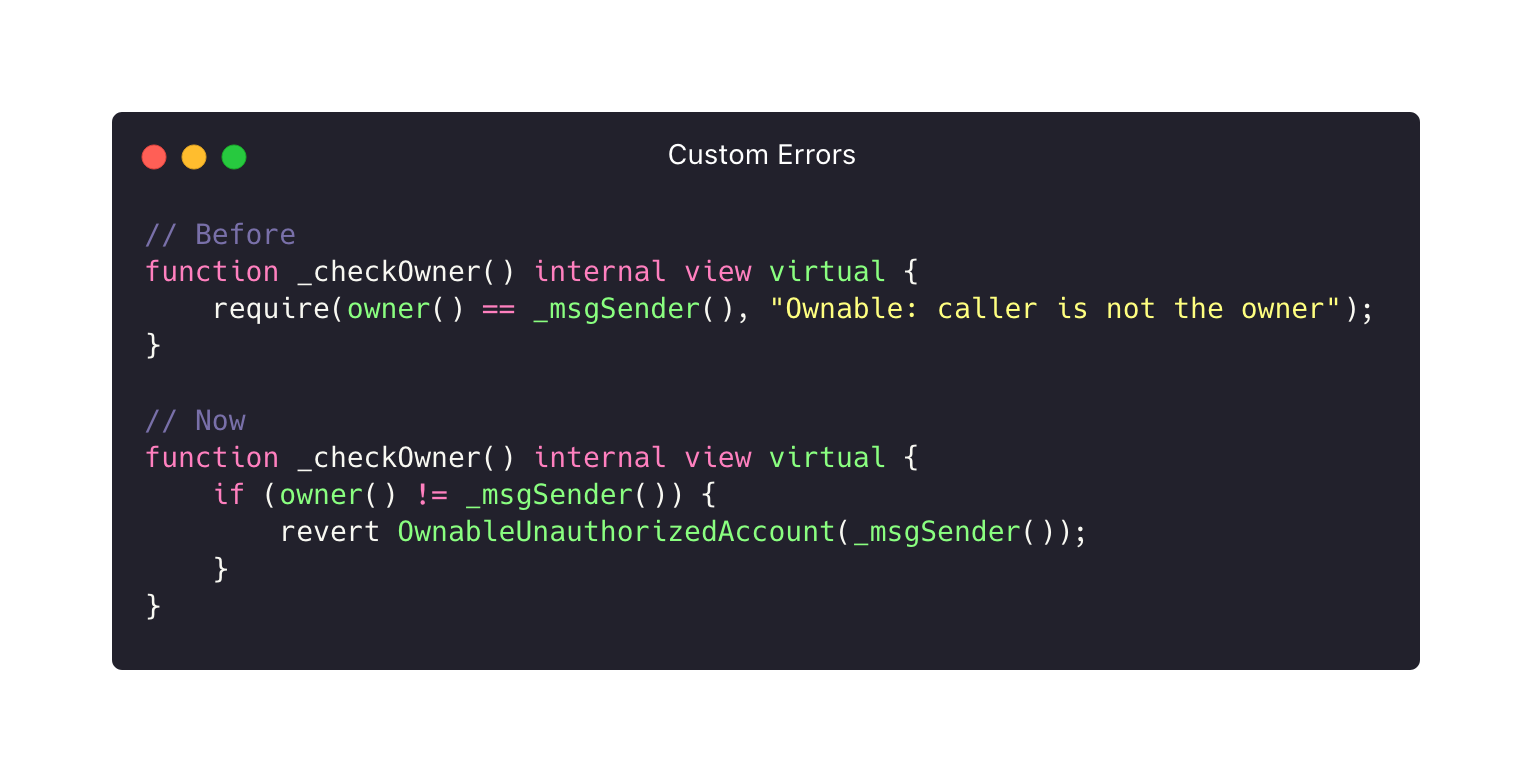
OpenZeppelin Contracts: A library of secure, community-vetted smart contract templates used for building robust NFT collections and in-game assets.
-
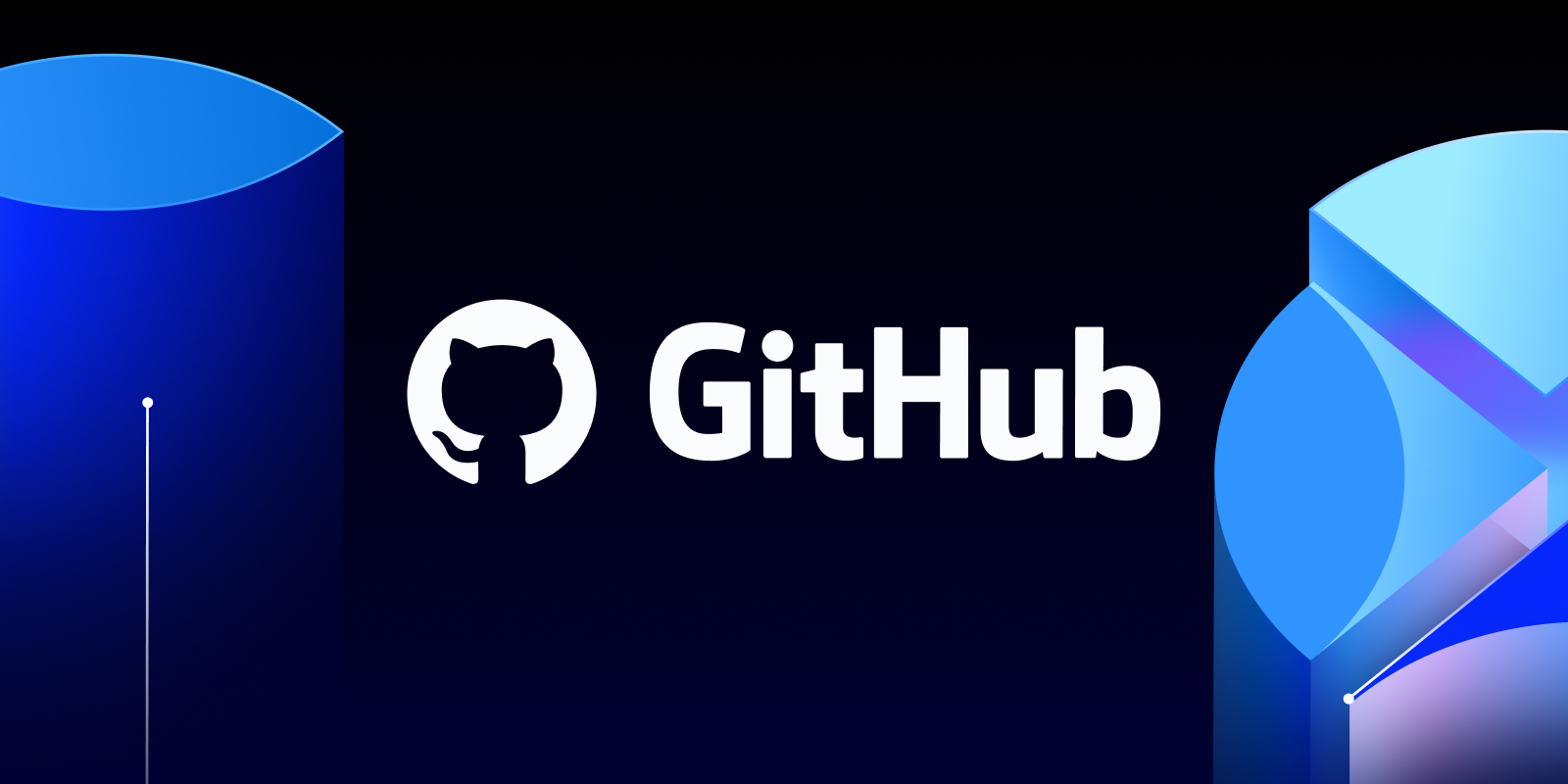
GitHub: The primary platform for version control and collaboration in on-chain game development, hosting open-source repositories for MUD, Dojo, and related tools.
You’ll need:
- A funded crypto wallet: For deploying contracts (testnets are fine for early development).
- Node. js and NPM installed: Many MUD/Dojo tools use JavaScript-based CLIs.
- Access to testnets/mainnets: Ethereum’s Goerli or StarkNet’s testnet are popular choices.
- A code editor like VS Code: With Solidity/Cairo plugins if possible.
- The latest version of MUD or Dojo toolkit: Downloaded from their official repositories.
- A basic understanding of smart contracts: Solidity for MUD (EVM), Cairo for Dojo (StarkNet).
The community aspect shouldn’t be underestimated either. Both frameworks have active Discords and forums where you can get help from veterans who’ve launched successful projects before you.
Your First Steps: Deploying the World Contract
The heart of any fully on-chain game built with MUD or Dojo is the “world contract”: a master smart contract that manages all game logic, player interactions, and asset ownership. Here’s how to get started:
This process typically involves:
- Cloning a starter template from the official repo (MUD or Dojo).
- Configuring your project settings, game name, initial parameters, supported assets.
- Writing core game logic in Solidity (MUD) or Cairo (Dojo).
- Deploying your contract to a testnet using provided CLI tools.
- Registering an NFT collection if your game includes digital assets that mirror existing collections.
- Testing interactions via web frontends or CLI scripts before going live.
This initial deployment is both empowering and nerve-wracking, the moment your world contract goes live marks the birth of an autonomous digital universe.
The Current Landscape: Innovation and Community Momentum in 2025
The fully on-chain gaming space has never been more vibrant than it is now. Recent hackathons like Nitro have brought together hundreds of developers exploring Web3 and AI integrations atop these frameworks. The integration of Dojo into StarkNet has unlocked ZK-powered scalability while retaining full transparency, an ideal blend for ambitious multiplayer experiences.
If you’re considering launching your own indie blockchain game, there’s never been a better time. With comprehensive guides available from sources like BITKRAFT Ventures and hands-on demos from the Ethereum Foundation, support is only a click away. The learning curve can be steep at first but the rewards, in terms of both knowledge gained and potential impact, are immense.
Once your world contract is deployed, the next phase is about iterating on your game mechanics, integrating user interfaces, and preparing for a public launch. This is where the real magic – and challenge – begins. The MUD and Dojo frameworks are designed to be modular, so you can start simple, then layer on features like player progression, NFT-based assets, or even cross-game interoperability as your skills grow.
Iterate, Test, and Gather Feedback
One of the most powerful aspects of building in the open is the ability to involve your community early. Deploying to testnet lets you open up your prototype to friends or fellow developers for feedback before risking mainnet gas fees or reputation. Many successful indie blockchain games started as minimal prototypes shared in Discord channels or hackathon demo days.
Essential Steps for Testing Your On-Chain Game
-
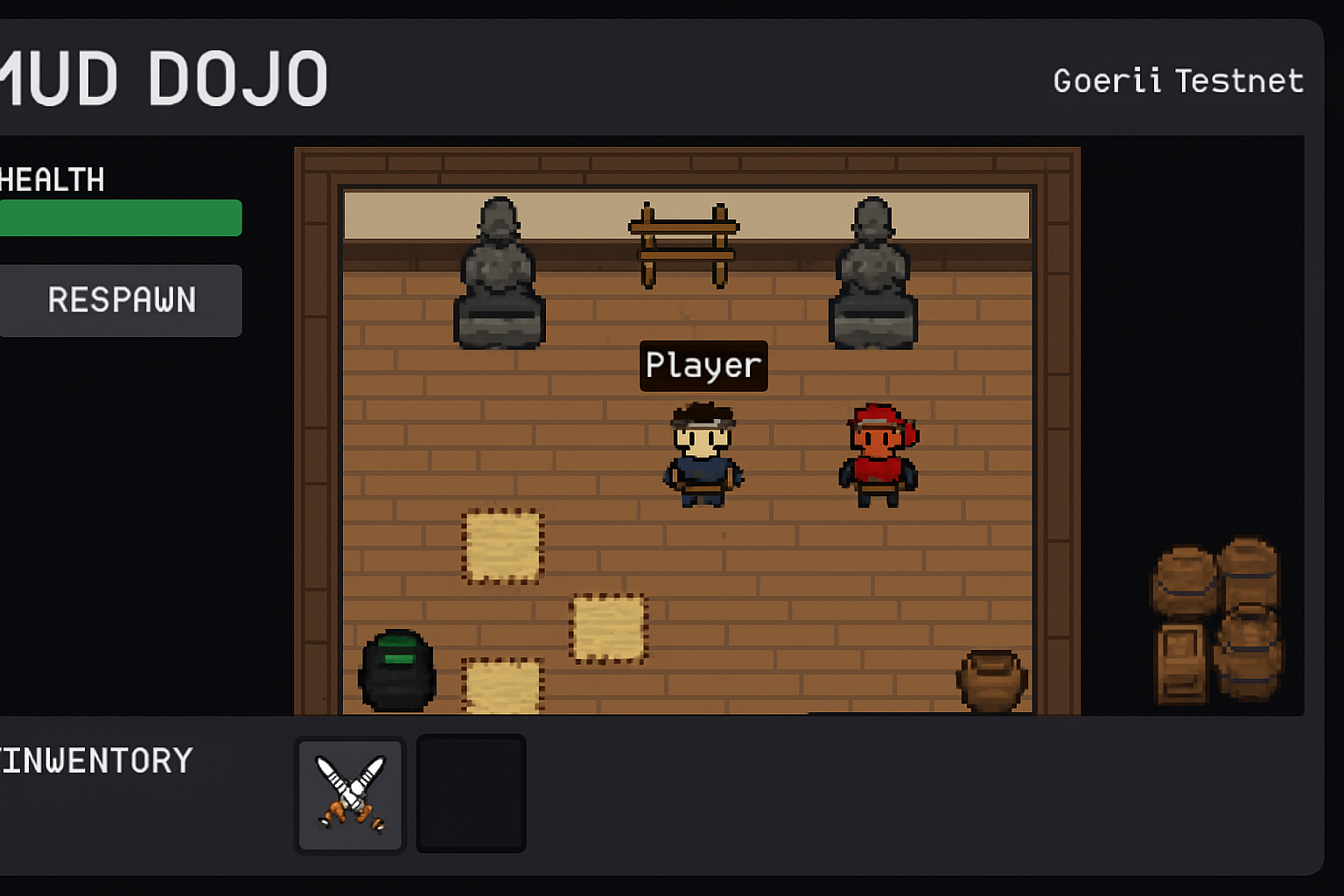
Deploy to a Public Testnet: Launch your MUD/Dojo game on a widely-used testnet such as Goerli (Ethereum) or Starknet Testnet. This allows real users to interact with your smart contracts in a risk-free environment.
-
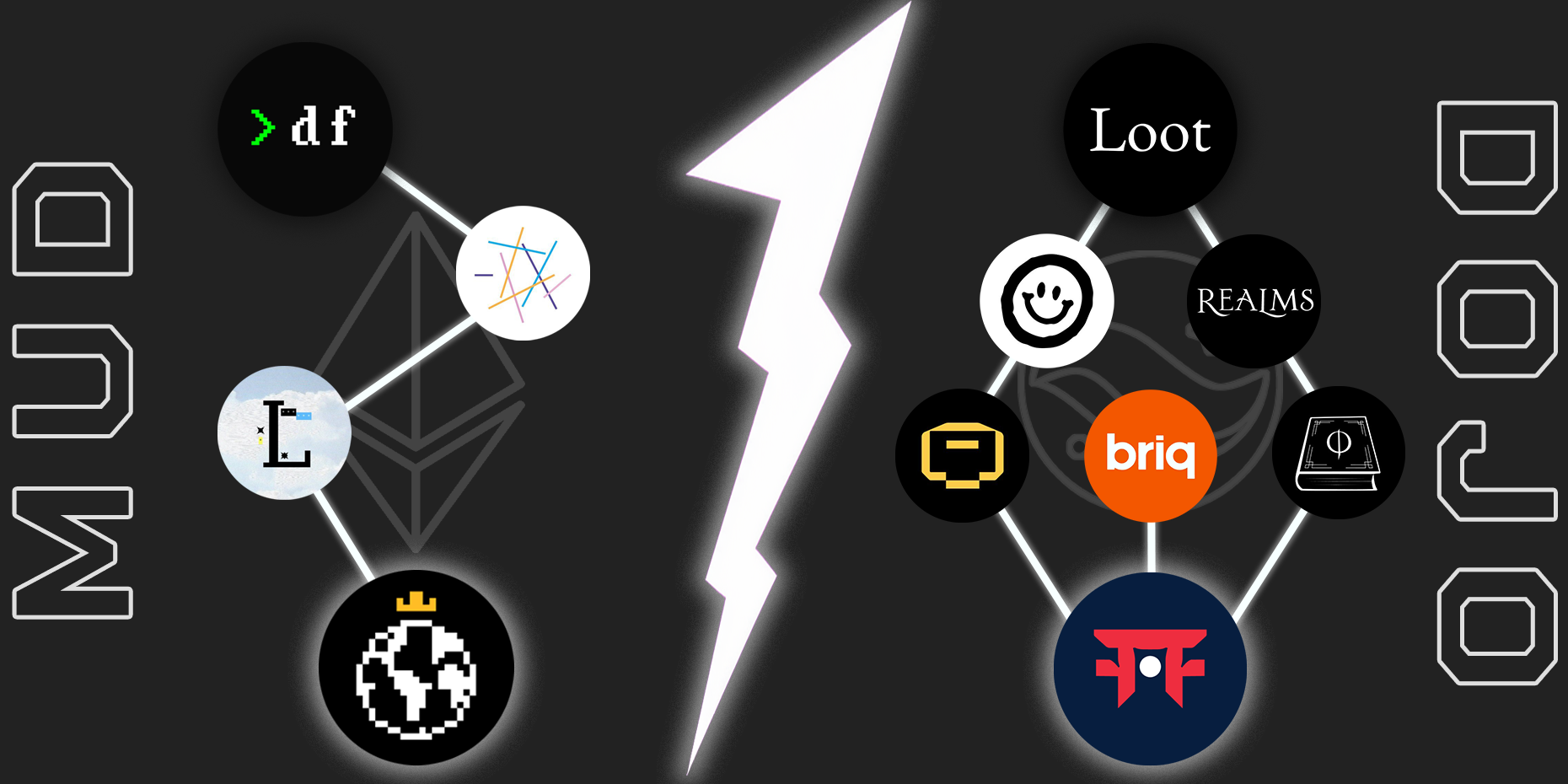
Engage with the MUD and Dojo Developer Communities: Share your project in official forums like the MUD Forum and Dojo Discord. Gather feedback from experienced developers and early adopters.
-
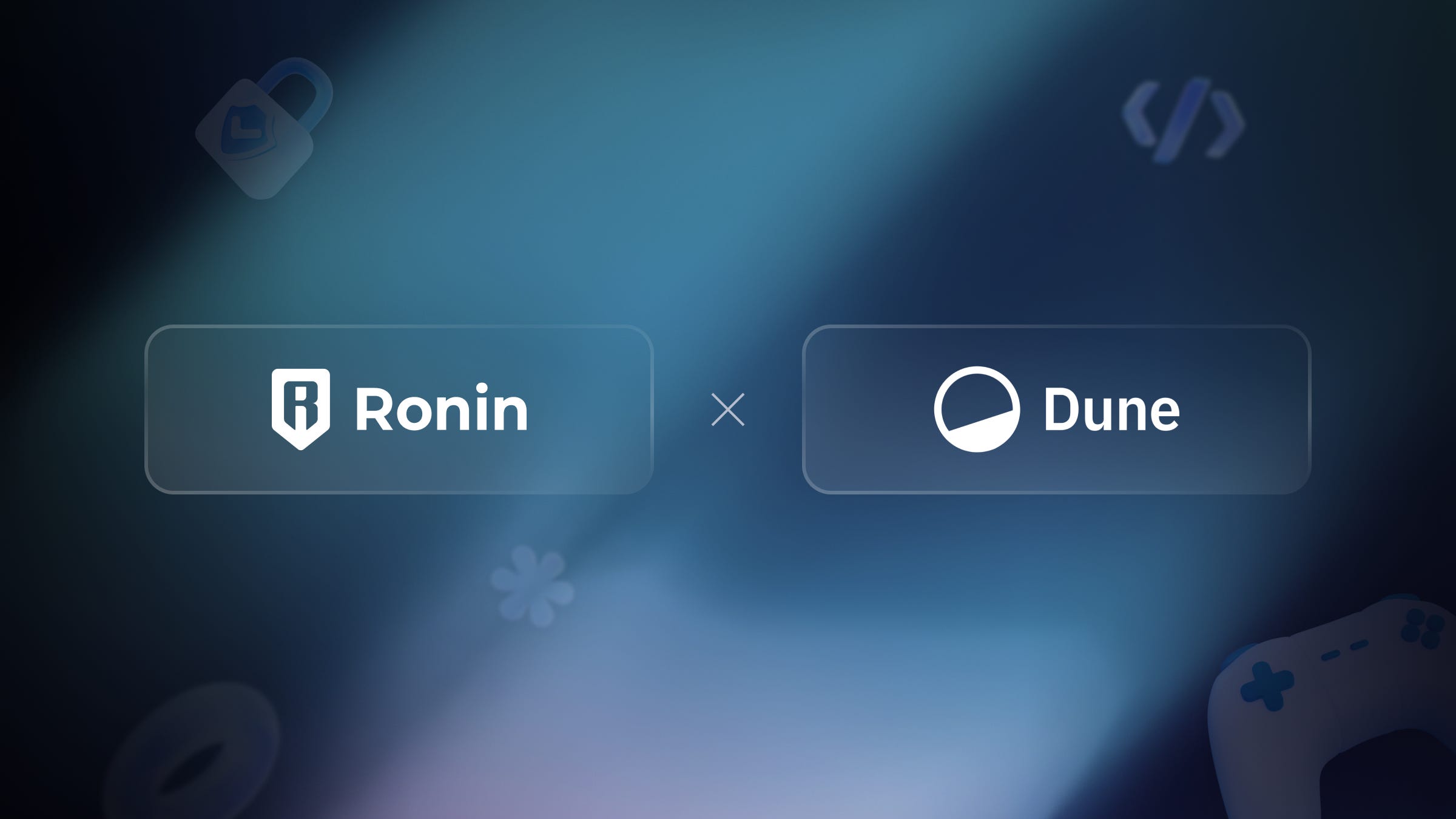
Incorporate Analytics and Bug Reporting Tools: Implement solutions such as Dune Analytics for on-chain data tracking and GitHub Issues for structured bug reporting.
Continuous testing isn’t just about bug fixing – it’s about validating that your core game loop is engaging and that your smart contracts are secure. On-chain games are immutable by design: once deployed, code changes require migrations or upgrades, so catching issues early is critical.
Preparing for Mainnet Launch
When you’re confident in your game’s stability and appeal, it’s time to deploy to mainnet. This transition is significant: it marks your game’s entry into the fully decentralized world where every transaction is permanent and every asset truly owned by players. Ensure you’ve:
- Audited your contracts for security vulnerabilities
- Documented your code and gameplay for new users
- Set up analytics (where possible) to monitor adoption and usage
- Engaged your community with launch events or bounties
Remember: transparent launches build trust. Publish your contract addresses and source code repositories so players can verify what’s happening under the hood.
Growing Your Game Post-Launch
Launching is just the beginning. Post-launch success in fully on-chain games depends on ongoing iteration and community engagement. Consider implementing governance mechanisms that allow players to propose updates or new features. Many teams now use DAOs or token-weighted voting to shape their game’s future direction. This not only builds loyalty but also transforms players into co-creators.
In 2025’s ecosystem, integrations with other protocols (like NFT marketplaces or cross-chain bridges) can rapidly expand your audience and utility. Stay active in developer forums and events like Nitro Hackathon to keep learning and collaborating. Both MUD and Dojo communities are known for sharing resources and celebrating new launches.
Resources and Inspiration
If you’re looking for further inspiration or technical reference, check out project demos like PopCraft or deep-dive articles from sources such as BITKRAFT Ventures and ChainCatcher. These showcase what’s possible with fully on-chain architectures and provide valuable insights into design patterns and best practices.
For those ready to take the leap, remember that the journey from idea to live game is uniquely rewarding in Web3. Every successful launch adds to the tapestry of autonomous worlds redefining digital ownership and player agency. The tools have never been better – all that’s left is for you to build.



